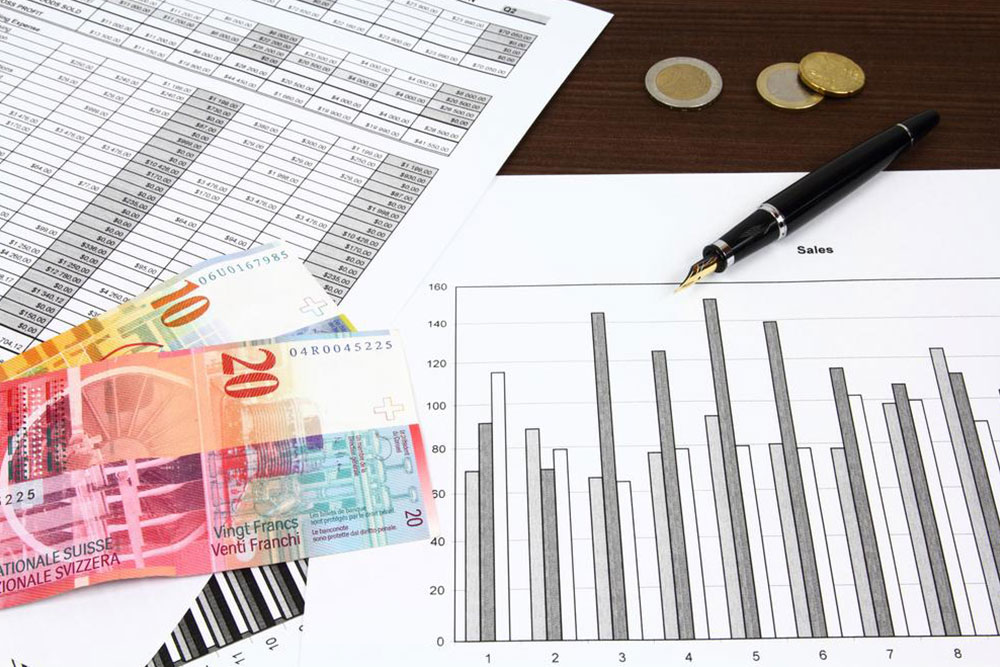Comprehensive Guide to Cash and Stock Dividends: Key Differences and Investment Implications
This comprehensive article explores the differences between cash and stock dividends, including their advantages, tax implications, and strategic uses. It offers investors insights into how each dividend type impacts investment income, company value, and shareholder growth, helping them make smarter investment choices aligned with their financial goals.

Comprehensive Guide to Cash and Stock Dividends: Key Differences and Investment Implications
Dividends represent a crucial way for companies to distribute a portion of their profits to shareholders, serving as a key component of investment returns. Investors often encounter two primary types of dividends: cash dividends and stock dividends. Understanding these two options is essential for making informed investment decisions and optimizing portfolio growth. This comprehensive guide delves into the fundamental differences between cash and stock dividends, their respective advantages and disadvantages, and how they impact shareholder value and company strategy over time.
Cash Dividends: Providing Immediate Income and Financial Stability
Cash dividends are paid directly to shareholders in the form of cash, checks, or electronic transfers. This method is straightforward and offers investors immediate liquidity, enabling them to utilize the funds for various purposes such as reinvestment, expenses, or savings. Companies typically pay cash dividends on a regular schedule—quarterly, semi-annually, or annually—which can offer predictability and a steady income stream for income-focused investors. However, while cash dividends provide instant cash benefits, they have notable implications for the company's earnings per share (EPS) and taxable income for shareholders. Paying out cash dividends reduces retained earnings and may decrease EPS, potentially affecting the company’s valuation metrics. Moreover, for shareholders, cash dividends are subject to taxation in the year they are received, which can slightly diminish the net gain due to tax liabilities. Nevertheless, the consistency of cash dividend payments remains attractive to investors seeking predictable income, especially retirees or those with a low-risk appetite. With a focus on dividend stability and steady cash flow, many mature, financially stable companies prefer to distribute profits regularly in cash to reward shareholders while maintaining a solid financial foundation.
Stock Dividends: Enhancing Shareholdings and Strategic Cash Conservation
Stock dividends are issued in the form of additional shares rather than cash payments. When a company declares a stock dividend, it distributes new shares to existing shareholders proportional to their current holdings. For example, a 4% stock dividend increases the total number of shares outstanding by 4%, effectively giving shareholders additional ownership stake without requiring additional cash outlay. Stock dividends are especially popular when a company wishes to conserve cash for growth projects or strategic investments but still wants to reward shareholders. Since the overall market capitalization remains largely unchanged, the company's enterprise value is unaffected directly, but individual share prices tend to adjust downward after a stock dividend issuance, reflecting the increased total share count. This method does not generate immediate taxable income for shareholders, as it involves the distribution of additional shares rather than cash, making it potentially more tax-efficient. Moreover, stock dividends can be an attractive way for companies to signal confidence in future growth prospects or to align with long-term strategic goals. Shareholders benefit by increasing their holdings and potential future gains without incurring taxes upfront, but they should remain attentive to how stock splits or dividends influence share prices and overall portfolio value.
Choosing between cash and stock dividends hinges on investor preferences, investment goals, and the company's strategic plans. Cash dividends are preferred by investors seeking immediate income and income stability, while stock dividends suit those looking to grow their holdings passively and with tax efficiencies. Both dividend types do not alter the intrinsic value of the company but influence share prices and investor ownership structures differently. Ultimately, making an informed choice requires understanding your financial needs, tax considerations, and the company's dividend policy. The decision between cash and stock dividends reflects a balance between immediate income needs versus long-term growth potential, shaping your investment experience accordingly.





